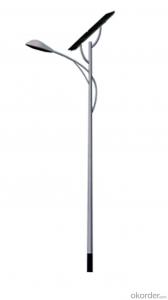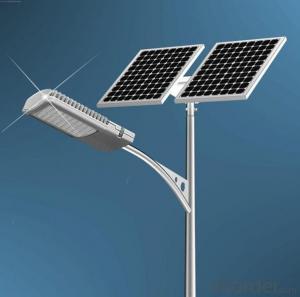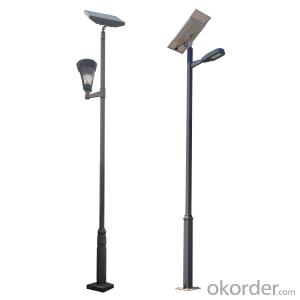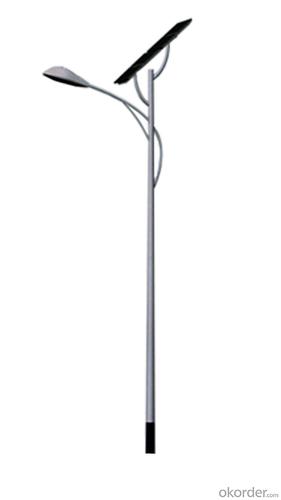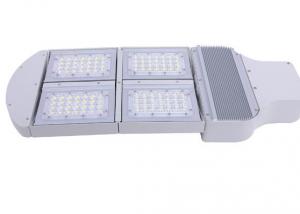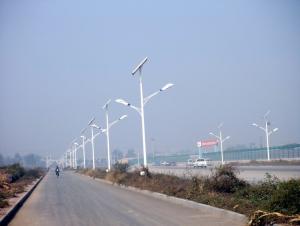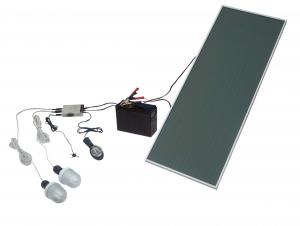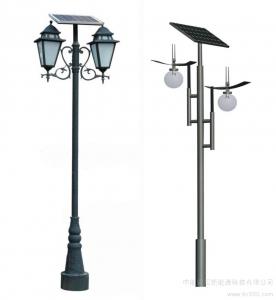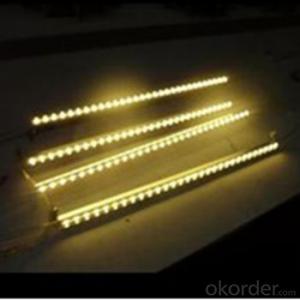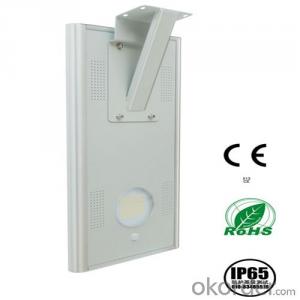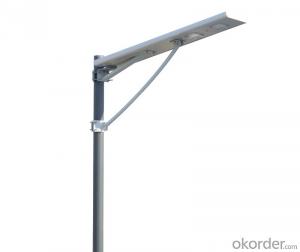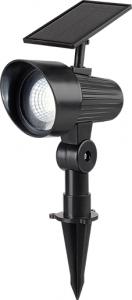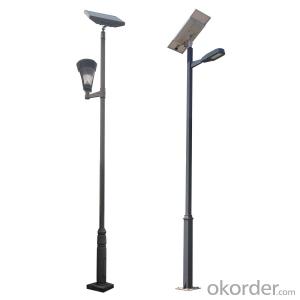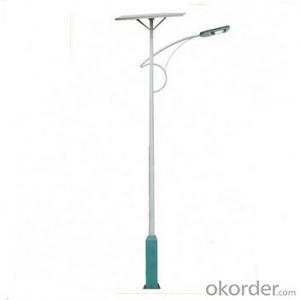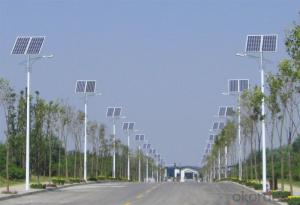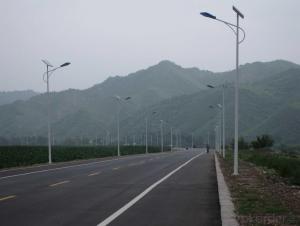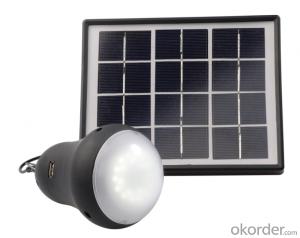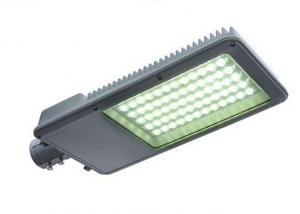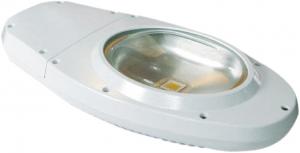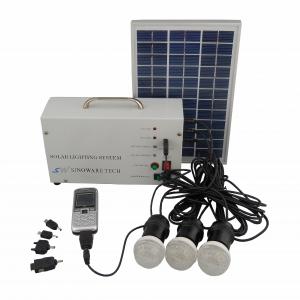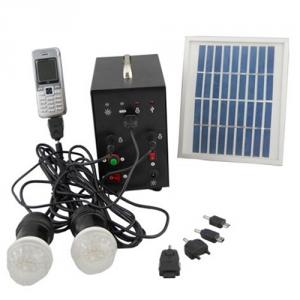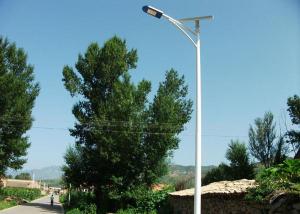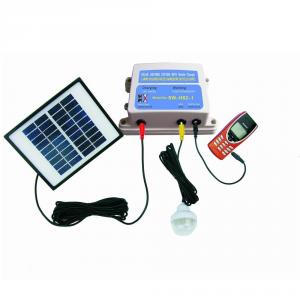Flag Pole Kit With Solar Light - Solar Street Lamps Solar Street Light Top Class Quality and High Frequency
- Loading Port:
- Ningbo
- Payment Terms:
- TT OR LC
- Min Order Qty:
- 1 set
- Supply Capability:
- 5000 set/month
OKorder Service Pledge
OKorder Financial Service
You Might Also Like
Step 1 – Find area in need of street lights
The first thing to figure out is the length of road in need of street lights. This can be a small entrance road only a couple hundred of feet long to miles of streets through an area. Does the area currently have any type of lighting available? What is the reason for needing street lights in this area?
Step 2 – Find out if electric is available
Is the electrical grid already nearby or would you need to call in the power company to bring in electrical lines? If the electric needs to be brought to the area, how much is this going to cost? Depending on how far the grid electric is from the location of the needed lighting, this can be quite expensive.
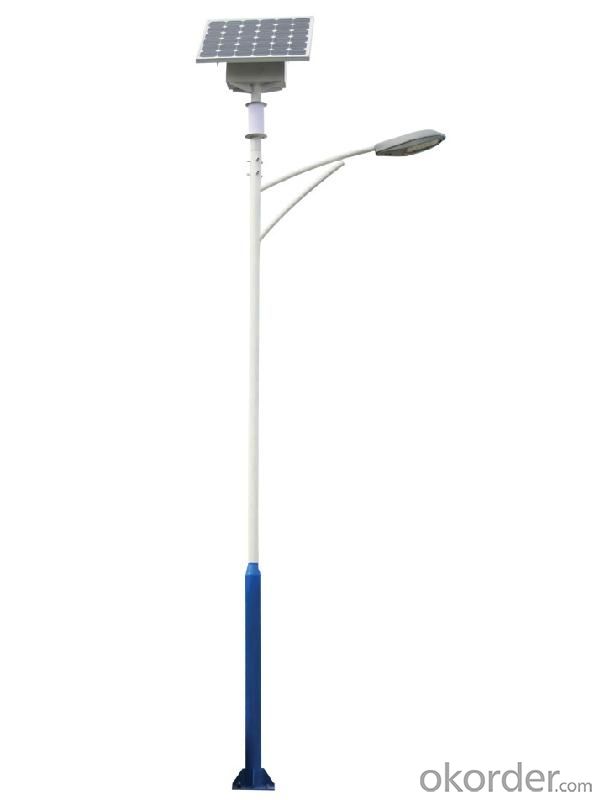
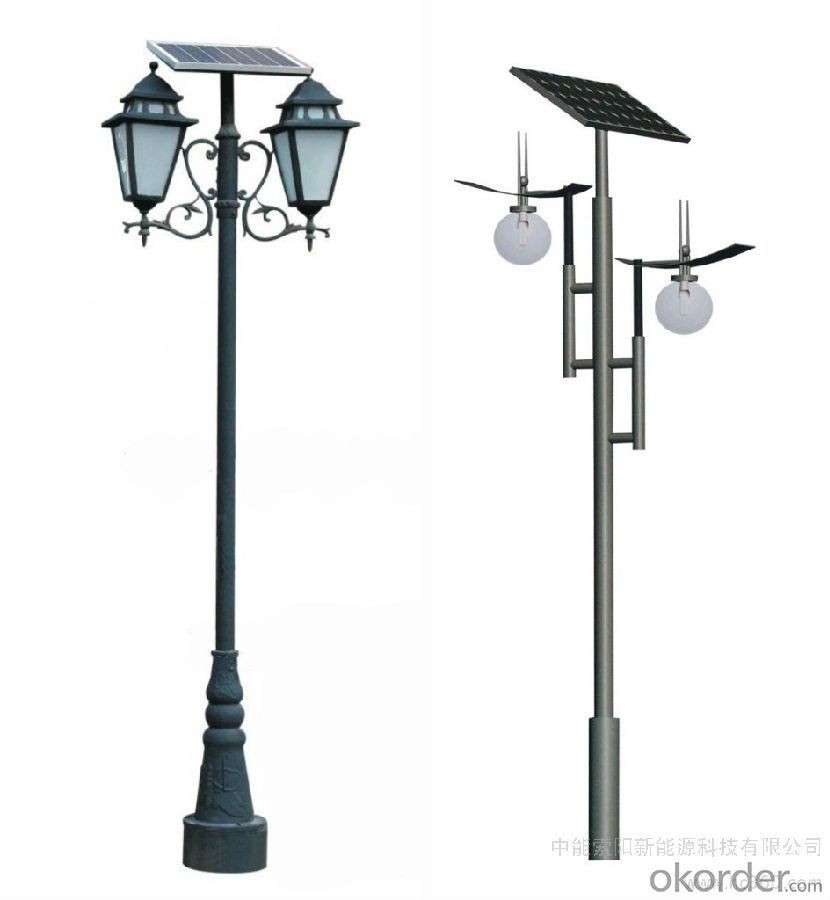
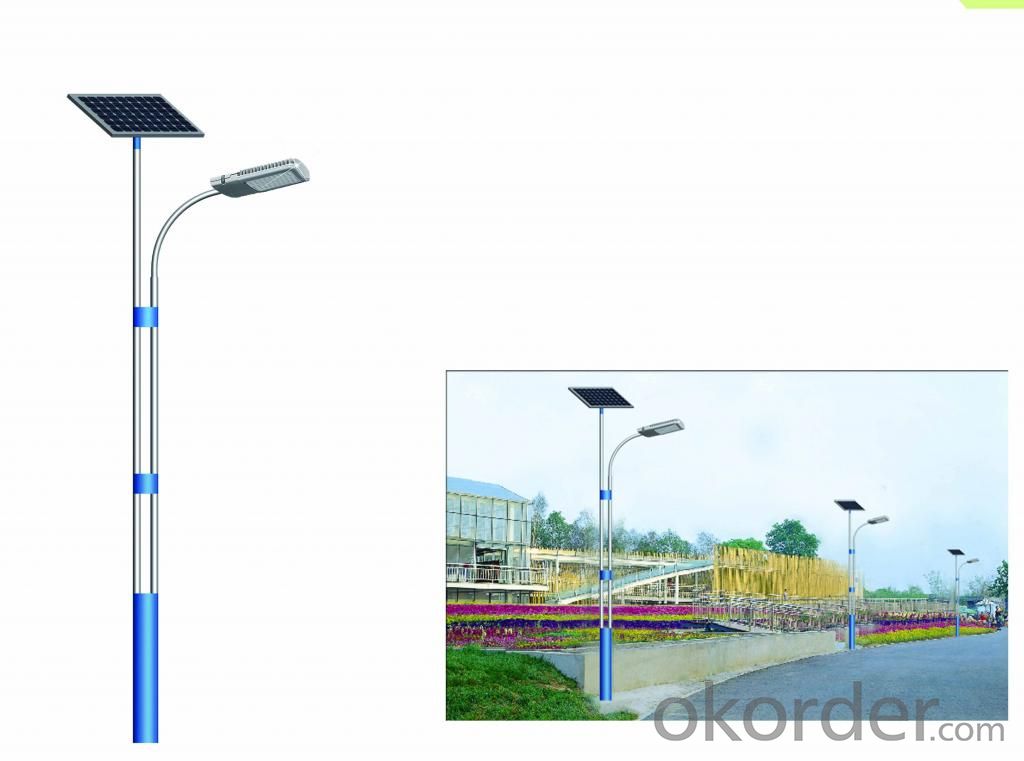
Step 3 – Determine the lighting requirements
How much lighting is needed on the street? Do the lights need to be dark sky compliant? Do the street lights need to run from dusk to dawn or for only a specified number of hours at night? Are the street lights able to dim in the middle of the night and still provide enough lighting? These questions need to be answered before you can decide on how many lights you will need to complete the project.
Step 4 – Find all alternatives
Solar power street lights are an option to traditional electrical lights. Solar street lights do not need the electrical grid to be brought in as they are self-contained units that provide their own electricThe best lighting solution by using lower amounts of power, better optics, dimming features where needed, and cost less in an overall solution.
Step 5 – Contact companies for quotes
The last step after gathering the above information is to contact companies for quotes. Just like with anything else, get multiple quotes and weigh the pros and cons of every company and situation. The lowest quote is not always the best, so make sure to do your research on companies and products before you submit a purchase order.
If you take your time, do your research, and gather needed requirements, your next street lighting project will be a success. Never be afraid to ask a lot questions, they may save you time and money in the long run.
- Q: Can solar lights be used for outdoor sports fields?
- Yes, solar lights can be used for outdoor sports fields. They are a popular and eco-friendly option for illuminating areas without access to electricity. Solar lights utilize sunlight to charge their batteries, which then power the lights during the night. These lights are beneficial for outdoor sports fields as they provide ample illumination, increase safety, and reduce energy costs.
- Q: What is the warranty on solar lights?
- The warranty on solar lights can vary depending on the manufacturer and model, but it typically ranges from 1 to 5 years.
- Q: Do solar lights have replaceable LED bulbs?
- Yes, solar lights generally have replaceable LED bulbs.
- Q: Are solar lights compatible with solar panel extension cables?
- Solar panel extension cables can be used to connect solar lights with the solar panel. Normally, solar lights have a built-in solar panel that converts sunlight into electricity to power the lights. However, if you want to position the solar panel in an area with better sunlight exposure or need to increase the distance between the solar panel and the lights, a solar panel extension cable can be employed. These cables enable you to connect the solar panel to the lights, granting flexibility in solar panel placement and maximizing the absorption of solar energy. It is crucial to ensure that the extension cable is compatible with the solar lights and possesses the appropriate connectors for a secure and efficient connection.
- Q: Can solar lights be used for off-grid living?
- Yes, solar lights can be used for off-grid living. Solar lights are powered by the energy from the sun, which means they do not require a connection to the electricity grid. They are a sustainable and eco-friendly lighting option for off-grid living, providing illumination without the need for traditional electricity sources.
- Q: Can solar lights be used for park lighting?
- Park lighting can definitely utilize solar lights. When it comes to illuminating parks, solar lights offer a superb alternative to traditional electric-powered lights. These lights depend on sunlight as their energy source, which not only makes them environmentally friendly but also cost-effective. Installing solar lights is easy and they require minimal maintenance, making them an excellent choice for parks. These lights can be strategically positioned throughout the park to provide ample illumination for pathways, picnic areas, playgrounds, and other recreational spots. In addition to enhancing safety and security during nighttime, solar lights also contribute to a delightful atmosphere and add aesthetic value to the park. Overall, solar lights present a practical and sustainable option for park lighting.
- Q: Can solar lights be used for public transportation stops?
- Yes, solar lights can be used for public transportation stops. Solar lights are a sustainable and cost-effective option for illuminating transportation stops, providing visibility and safety for commuters. They are easy to install, require minimal maintenance, and can operate independently without the need for electrical connections. Additionally, solar lights contribute to reducing carbon emissions and promoting environmentally-friendly practices in public transportation systems.
- Q: Do solar lights have replaceable parts?
- Yes, solar lights often have replaceable parts such as rechargeable batteries, LED bulbs, and solar panels. These parts can be easily replaced to ensure the continued functionality of the solar light.
- Q: Are solar lights cost-effective in the long run?
- Yes, solar lights are cost-effective in the long run. While they may have a higher upfront cost compared to traditional lights, they do not require electricity from the grid to operate, reducing energy bills. Additionally, solar lights have a longer lifespan and require minimal maintenance, resulting in overall cost savings over time.
- Q: Are solar lights suitable for hiking and backpacking?
- Yes, solar lights are suitable for hiking and backpacking. They are lightweight, portable, and environmentally friendly, making them a great option for illuminating campsites and trails during outdoor adventures. They can be easily charged by the sun during the day and provide ample light at night without the need for batteries or fuel.
Send your message to us
Flag Pole Kit With Solar Light - Solar Street Lamps Solar Street Light Top Class Quality and High Frequency
- Loading Port:
- Ningbo
- Payment Terms:
- TT OR LC
- Min Order Qty:
- 1 set
- Supply Capability:
- 5000 set/month
OKorder Service Pledge
OKorder Financial Service
Similar products
Hot products
Hot Searches
Related keywords
